The ambiguously-named “tool watch” of today invokes a smorgasbord of options purpose-built for specific tasks and engineered to a level of exceeding capability. With a focus on durability and function, most offerings have evolved into swollen formats and boast features that exceed our own human limitations—likely providing solutions to challenges we’ll never face.
While some of these more modern pieces have risen to legendary status on trips to the moon or other far-flung places all on their own, earlier pioneers made do with far less capable timepieces and gear. Most of these watches were so small and seemingly fragile by today’s standards that they’d likely struggle to convince the modern target audience of their mettle. We’re unlikely to describe even an Oyster Perpetual, for instance, as a true tool watch today based on its perceived simple format and overall aesthetic.
Full disclosure, I’m something of a modern tool watch fan myself, drawn to their obsessive engineering and exaggerated features while the lion’s share of my wrist time is occupied by some of the most ubiquitous icons out there. Progress is good, and I’m certainly not complaining with the results. Still, I can’t help but wonder why the very watches that triumphed in some of the most legendary expeditions of the 20th century have been largely pushed aside in favor of those that may be best described as tributes to their accolades—I dare not say homages. Without electronics or many of the gadgets we enjoy access to in the modern world, much—sometimes their very lives—was riding on what mechanical watch they chose to strap to their wrists. And prove their mettle they did.
Eterna—Kon-Tiki Expedition, 1947
Bobbing across the Pacific Ocean on a mere 45 foot long balsa log raft named Kon-Tiki in 1947, the six man crew of Norwegian and Swedish explorers endured months of harsh conditions and limited shelter to prove it was possible for early settlers to travel from South America to Polynesia using the ocean currents and prevailing winds. Led by Thor Heyerdahl, the methods for sailing and construction of the raft were strictly in keeping with primitive techniques to prove the concept, though the expedition did bring some modern equipment along such as a radio and timepieces.
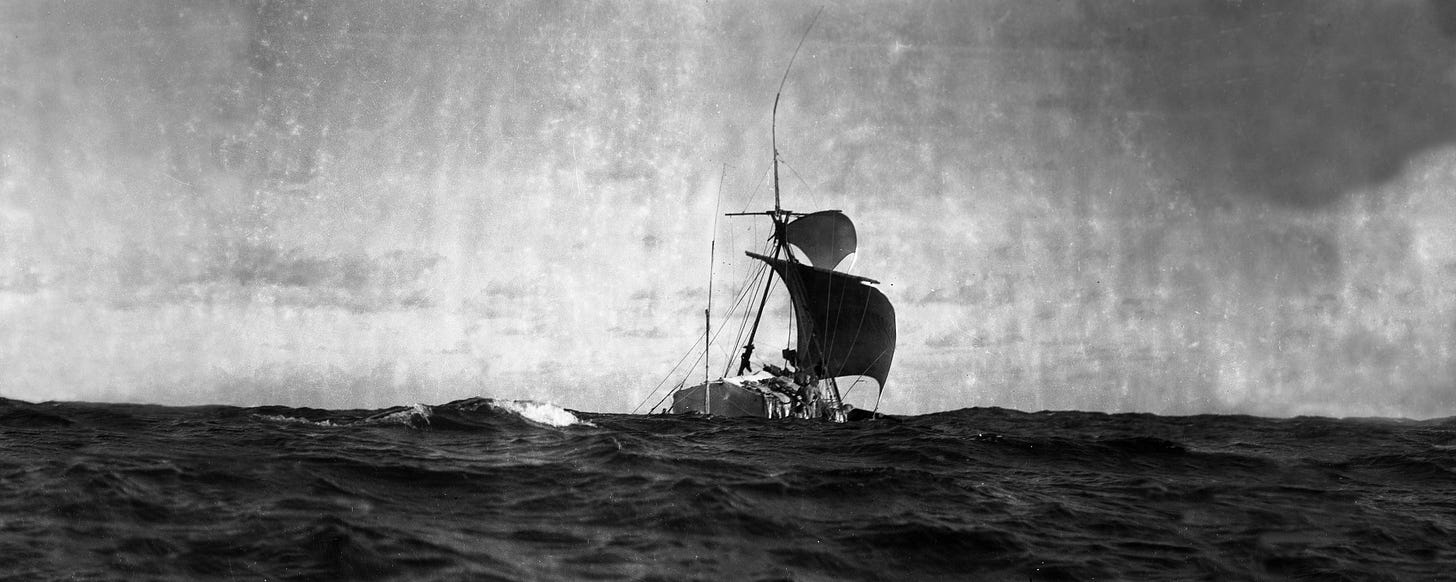
As the story goes, the crew commissioned Eterna to provide these watches, chosen for their advanced waterproofing capabilities for the era. Plenty of controversy surrounds the accuracy of Eterna’s claim as to whether they did indeed supply the expedition with timepieces, and this is further muddied by the presence of a Longines Paratrooper—an equally simplistic watch by today’s standards—on display at the Kon-Tiki Museum in Oslo. The Eternas’ whereabouts, meanwhile, are unknown. Whatever the reality, photographic evidence from the expedition would suggest that crew members were wearing timepieces that differ from the Longines’ uniform white dial and lends credence to the tale.

Readers may be familiar with the lineup of watches first released in 1958 that Eterna still offers today bearing the famous expedition’s name, most of which have evolved into divers watches rated at 200m of water resistance. Though we don’t know the exact model that was used and the watches are still missing, we can reasonably assume from Eterna’s offerings during the time period that the original expedition watch was a simple time-only format and, at least on paper, far less capable. It was likely no larger than 35mm and under 100m of water resistance with limited lume, possibly even lacking a screw down crown. Yet these simplistic timepieces proved extremely capable and reliable on a lengthy expedition in unforgiving conditions while heavily relied upon for timing progress and navigation.
Rolex Oyster Perpetual and Smiths De Luxe—Mount Everest Expedition, 1953
Mt. Everest brings to mind one watch before all others: the Rolex Explorer. Like the modern Kon-Tiki from Eterna, the watch that today is so strongly associated with the feat of Sir Edmund Hillary and Tenzing Norgay’s summiting Everest’s is a marked departure from the actual piece. The expedition also carried a watch from British watchmaker Smiths, resulting in a lasting controversy about which made it to the summit. Controversy aside, both watches carried by the expedition were 36mm or smaller and time-only formats with advances for waterproofing.
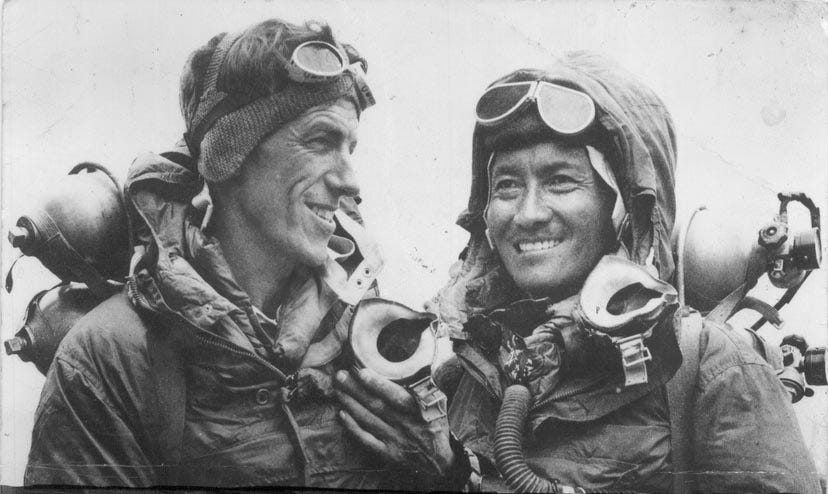
The Rolex, an Oyster Perpetual chronometer, presented the time in a simple yet handsome format of symmetrically arranged arrow indices to mark each hour around a white dial—a far cry from the black, spartan 3-6-9 dial now a hallmark of the Explorer today. It was affixed to a simple leather band, absent of any of the stainless steel bracelets or nylon straps so commonplace on modern tool watches today. While the Explorer departs in several of its design cues, the overall format has remained relatively faithful to the original Oyster Perpetual as a time-only, relatively small watch in a 36mm offering.

The Smiths De Luxe A.409 is a 33mm time-only watch delivered to the expedition members with a specially-designed dial and upgraded water resistance. Larger lume pips, a stark white dial with field watch aesthetic, and small seconds completed the design. While the Smiths is also still available in some format today, it curiously borrows heavily from the design heritage of its competitor, the Rolex Explorer.
Cartier Santos—Alberto Santos-Dumont, 1904
Possibly laying claim as the first men’s wristwatch ever, the Cartier Santos was born out of necessity for one of mankind’s first pilots. Alberto Santos-Dumont, a Brazilian aeronaut, sportsman, and inventor was one of the first—if not the first—to demonstrate a practical airplane. As manned flight technology progressed, so too did the need for timekeeping.
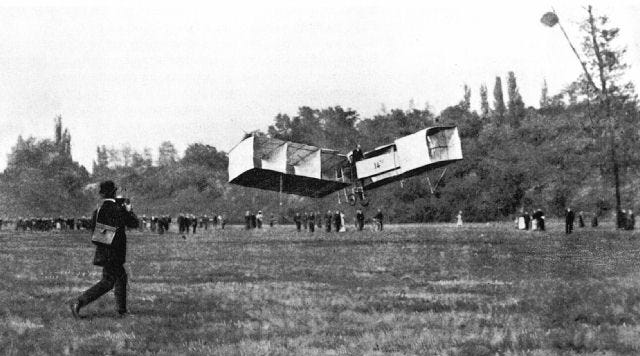
Santos-Dumont approached his friend Louis Cartier with complaints surrounding the impracticality of using pocket watches during flight, preferring instead something smaller, wearable, and more accessible. In response, the pilot’s watch was born—a rectangular format with art deco cues and a mere 25mm x 35mm case paired with a simple leather band.

By 1911 the Santos-Dumont (the name was later simplified) was made available to the public for purchase. While iterations of the Santos have diverged in precious metals, sizing, and bracelet options over the decades, the design has remained relatively faithful to the original. With the advent of advancing flight technology and both world wars, the pilots watch also evolved into a variety of formats and complications, some of them extremely large for the sake of visibility. Despite its advances, one of the true pioneers to set it all in motion made do with what arguably constitutes a dress watch today.
The Tool You Wear, 2025
As the saying goes, wear the watch—don’t let the watch wear you. While there are many practical reasons to reach for a divers watch or chronograph today, those that made some of the biggest leaps for humanity wore simple pieces. No one measures a person by the diameter of their watch, only the scale of what they’ve accomplished. And if history is any indication, there’s a good chance your grandpa was a giant of a man wearing a small watch.
–M





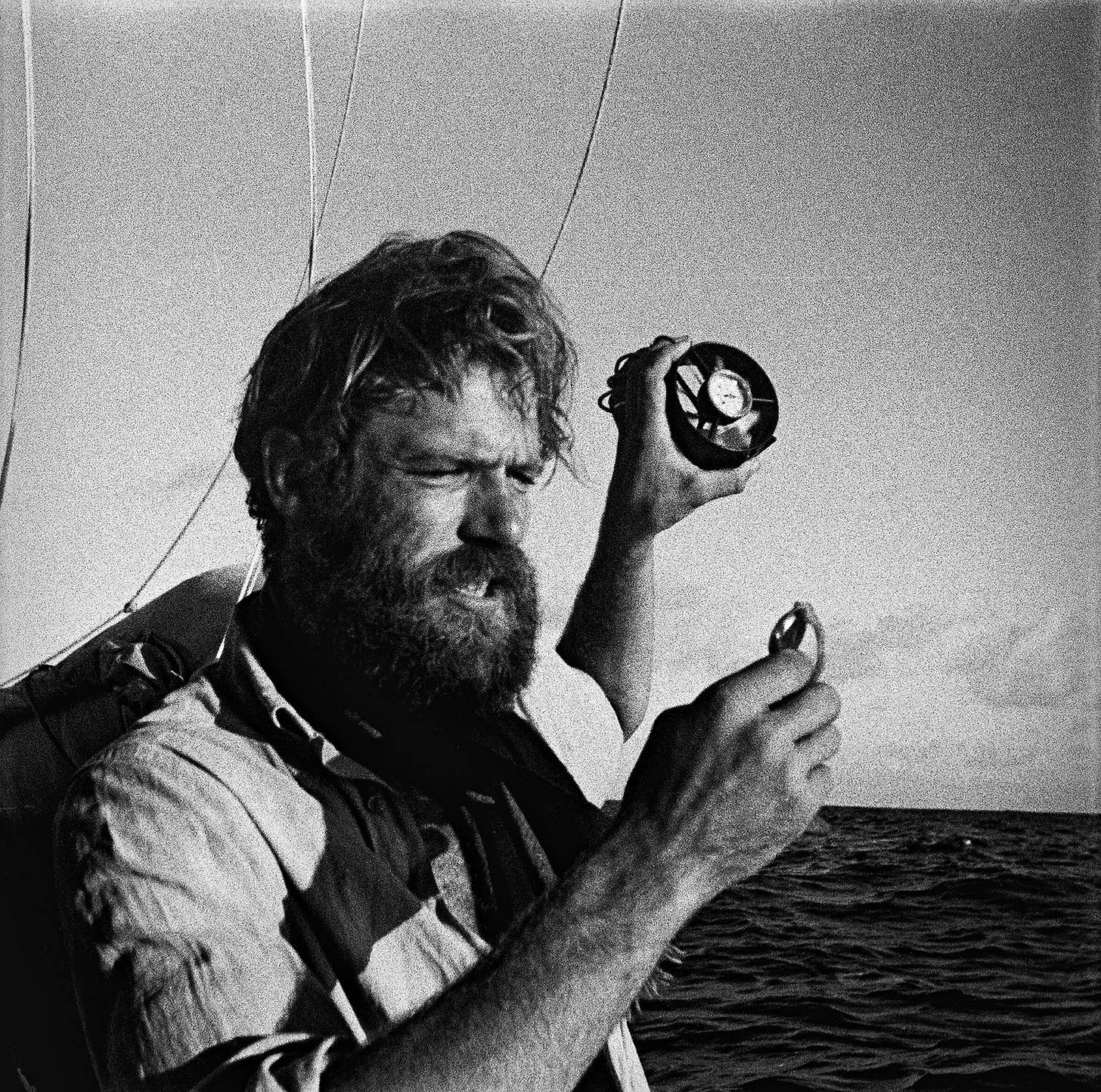
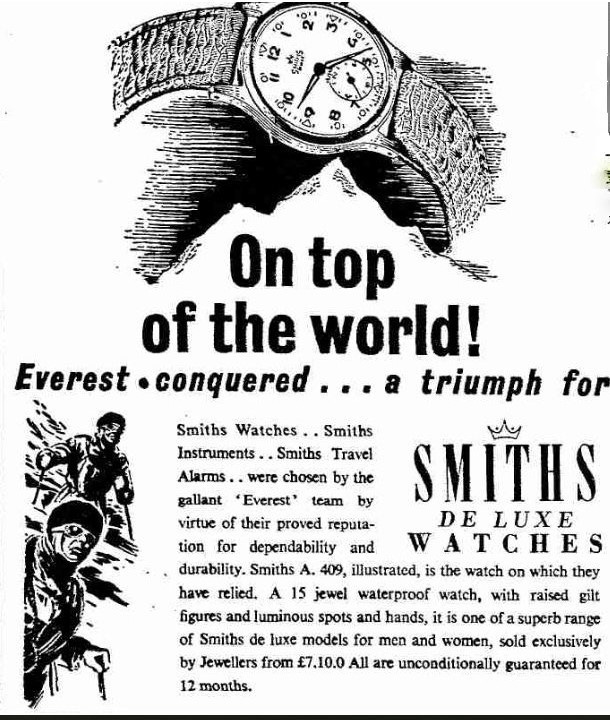
This has been open on my desktop for a week now...glad I finally read it. Great stuff Matty boy!
Matt, I knew the story of Santos-Dumont / Louis Cartier pretty well but only knew vague stories of the others. You did a fantastic job of describing these momentous historical events in an artful way. Great writings and must read stuff for any casual watch collector. Request - Moon watches (Bulova, Omega, Seiko...others?) Let's get your artful take.